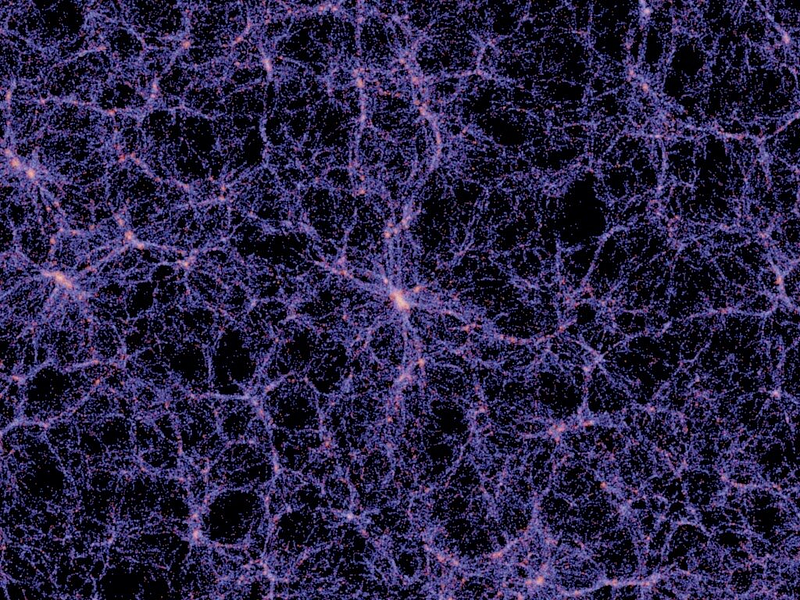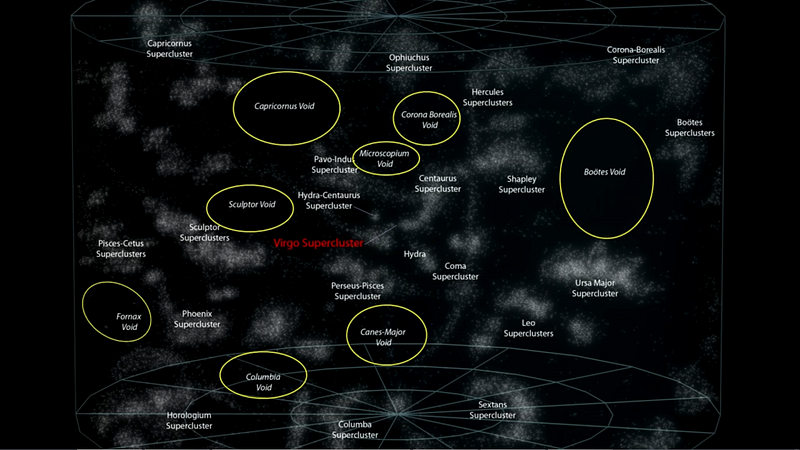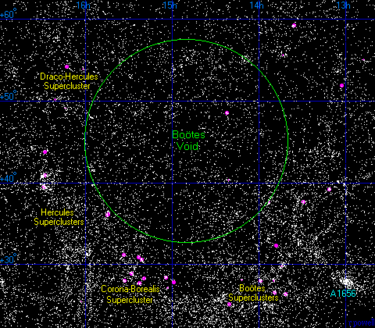A Deep Dive into Cosmic Voids: Origins and Mysteries
Written on
Chapter 1: Understanding Cosmic Voids
The stars we can see without any aid are all part of our Milky Way galaxy. However, our galaxy is just one among countless others, as billions of galaxies gather into clusters. These clusters form even larger structures, known as galactic filaments and sheets. Yet, interspersed within these webs are vast regions devoid of galaxies—these are what we call cosmic voids. This article delves into the nature and significance of these voids.

Where Do Cosmic Voids Originate?
On a cosmic scale, the structure of the Universe resembles a sponge, with voids occupying a significant portion of its volume. These voids can span hundreds of millions of light-years. The primary method for studying these voids involves utilizing optical and radio telescopes to detect any existing matter within them. Superclusters and voids are often examined together, as they are believed to share a similar genesis. Astronomers refer to these vast empty spaces simply as "voids."

The emergence of voids is intricately linked to the overall evolution of the Universe. Some astronomers theorize that voids originated during the inflationary phase of the Universe, a period characterized by extremely high temperatures and rapid quantum fluctuations. These fluctuations led to regions of varying matter density, forming the basis for future galaxy and cluster formations, while the voids became areas with significantly lower matter density.
Regrettably, the exact composition of matter within these voids remains uncertain; the exceedingly low density of ordinary matter makes it nearly impossible to capture its radiation. Additionally, direct observations of voids can be quite challenging. Nevertheless, scientists hypothesize that voids are predominantly filled with massive elementary particles that have minimal interactions with one another, commonly referred to as dark matter.

This hypothesis stems from observations that light from distant galaxies passing through voids refracts similarly to gravitational lensing. This suggests that while voids may seem empty, they contain more matter than initially presumed.
Exploring the Boötes Void
One of the most famous voids in the Universe is the Boötes Void. Situated approximately 700 million light-years from Earth in the constellation Boötes, this void has an impressive diameter of about 330 million light-years. To traverse it at light speed, a spacecraft would need to travel for 330 million years in complete darkness.
Upon its discovery, astronomers initiated a search for galaxies within the Boötes Void and identified around 60 galaxies scattered throughout this expansive emptiness.

One theory regarding the formation of these enormous voids posits that smaller voids could merge together, akin to the way soap bubbles combine, resulting in a larger void. Some researchers believe that the Boötes Void may have formed through this process.
The identification of voids has profoundly impacted cosmology and has led to significant advancements in various models explaining the Universe's evolution. Astrophysicists and cosmologists have continuously refined their understanding of how galaxies form and the overall structure of the Universe.
If you want to see more articles about space, make sure to clap!
Subscribe to our channel and feel free to ask questions; I'll address them in future articles.
If you appreciate my work, consider supporting me by becoming a Medium member for just $5 a month, which will help us produce even better content.